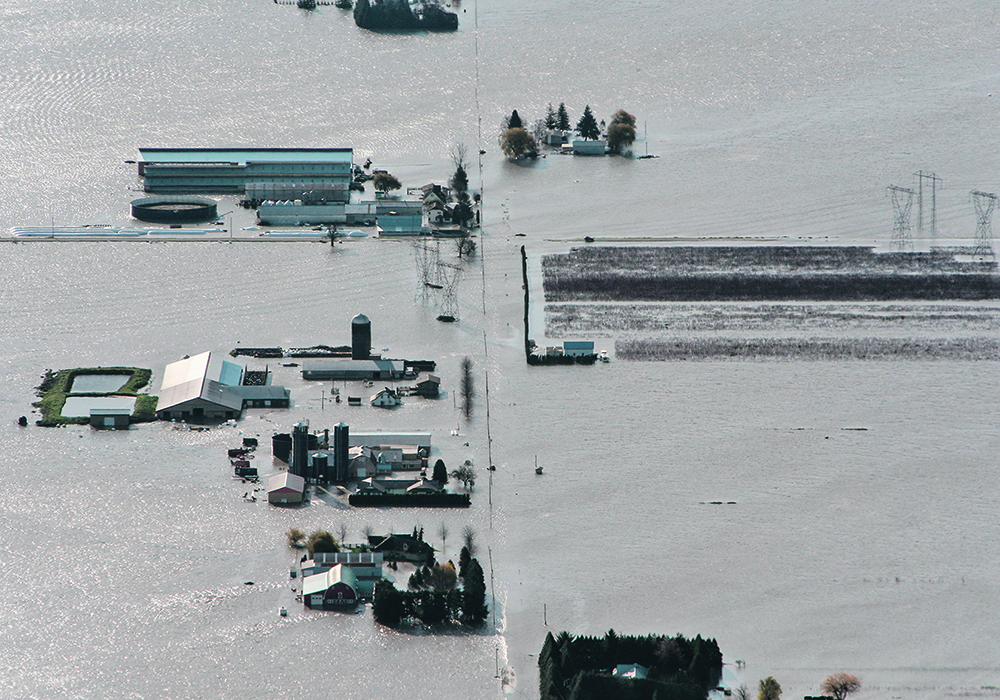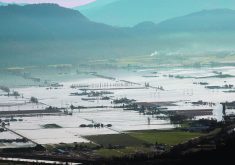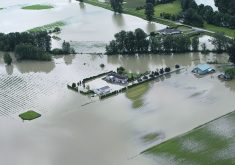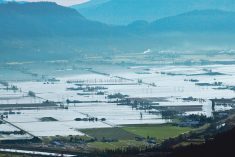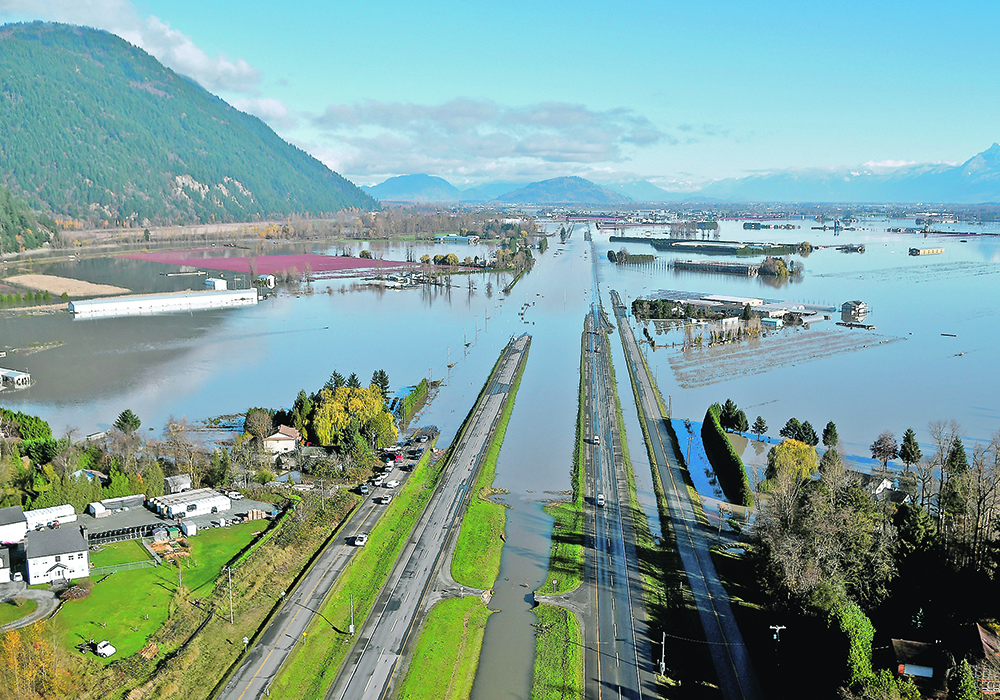Resource developed by the province breaks recovery process into various steps, beginning with a thorough assessment
Farmers hit by last year’s flooding in British Columbia need to plan their recovery, says the author of a provincial workbook on how to deal with the crisis.
“There’s an old adage: ‘take time to sharpen the saw, and the wood is easier to cut,’ ” said Jim Forbes, a former provincial agrologist with the B.C. Ministry of Agriculture.
“And that may seem counterintuitive, but the point is, if you take time to be properly prepared, then the job will go quicker and with less effort.”
Read Also

Using artificial intelligence in agriculture starts with the right data
Good data is critical as the agriculture sector increasingly adopts new AI technology to drive efficiency, sustainability and trust across all levels of the value chain.
As part of a recent webinar hosted by Farm Management Canada, Forbes discussed his workbook, B.C. Flood Recovery for Agriculture: Where to Start. He emphasized producers need to work smarter, not harder, by first taking the time to plan their approach to recovery from the crisis.
Producers typically tackle problems through hard work because there are lots of things to do on their farms, he said, “but constantly adding more work or trying to work faster isn’t sustainable, particularly after a crisis when there’s so many things that need to be done and need to be done quickly.”
B.C. declared a state of emergency Nov. 17, 2021, due to flooding and landslides that severed many road and rail links, cutting off farmers from feed supplies and veterinary care and preventing them from moving goods to customers.
More than 1,100 farms were under evacuation order or alert in the disaster, which affected about 37,066 acres of farmland and 2.5 million livestock. Hundreds of thousands of animals ranging from poultry to dairy cows were killed, and farmers also lost houses, equipment and fields.
The 87-page workbook breaks the recovery process into several steps, beginning with assessing the situation, including dealing with grief.
“The emotional turmoil that comes from a disaster like (flooding) is enormous and is a significant part of where you are right now,” the book notes.
Forbes said farmers need to remember that “when you’re in the recovery mode, everybody’s stressed, so please be kind to yourself and those around you.” Visit bit.ly/36NMlIM for a list of mental health resources for B.C. producers.
The financial impacts can linger for two to five years, said the workbook.
“Recovering from the effects of flood can feel overwhelming. No doubt about it, recovery is a big job and does not happen overnight; it is a journey that will take some time.”
The workbook’s table of contents is also a checklist to keep track of progress. It guides farmers through seven sections organized according to priority, which range from people or human resources, financial management and creating a farm action plan for flood recovery.
It particularly recommends that farmers download, read and work through AgSafe B.C.’s task management package on how to safely deal with hazards like downed electrical lines and dead animals, which can be found at bit.ly/3KiVbfe.
Forbes said the B.C. Agri-Business Planning Program, which can be found at bit.ly/3vhfDZG, provides up to $5,000 for recovery planning. It includes coaching from a qualified business consultant, “and one of the eligible activities is for them to actually help you go through this workbook.”
Every minute spent planning saves 10 minutes in execution, said Forbes.
“This gives you 1,000 percent return on energy, and you may think that’s an overstatement. But when you really get into it, I think it rings pretty true for just about every business that’s on the planet, and that includes agriculture for sure.
“So, you need to take time to plan and prepare so that you know which jobs need to be done first, and have the tools, equipment and materials on hand to get it done quickly and efficiently.”
Avoid the trap of doing easy and familiar jobs first, said Forbes. Instead, figure out which are most important and do them first, “and then the other things will tend to fall into place better.
Forbes said a vision for the farm helps guide planning. A recent survey by Farm Management Canada showed only about 25 percent of farmers have a formal business plan.
“But I would hazard to guess that most of you have some ideas in your head of what you want your farm to be, so really, all you need to do is to write that down, get your ideas on paper, sort through them, and then, if necessary, you can refine them as you go.
“It also helps to make things more real for you, and easier to explain what you’re trying to do when you’re speaking with your employees and with lenders if you’re needing to borrow some money.”


